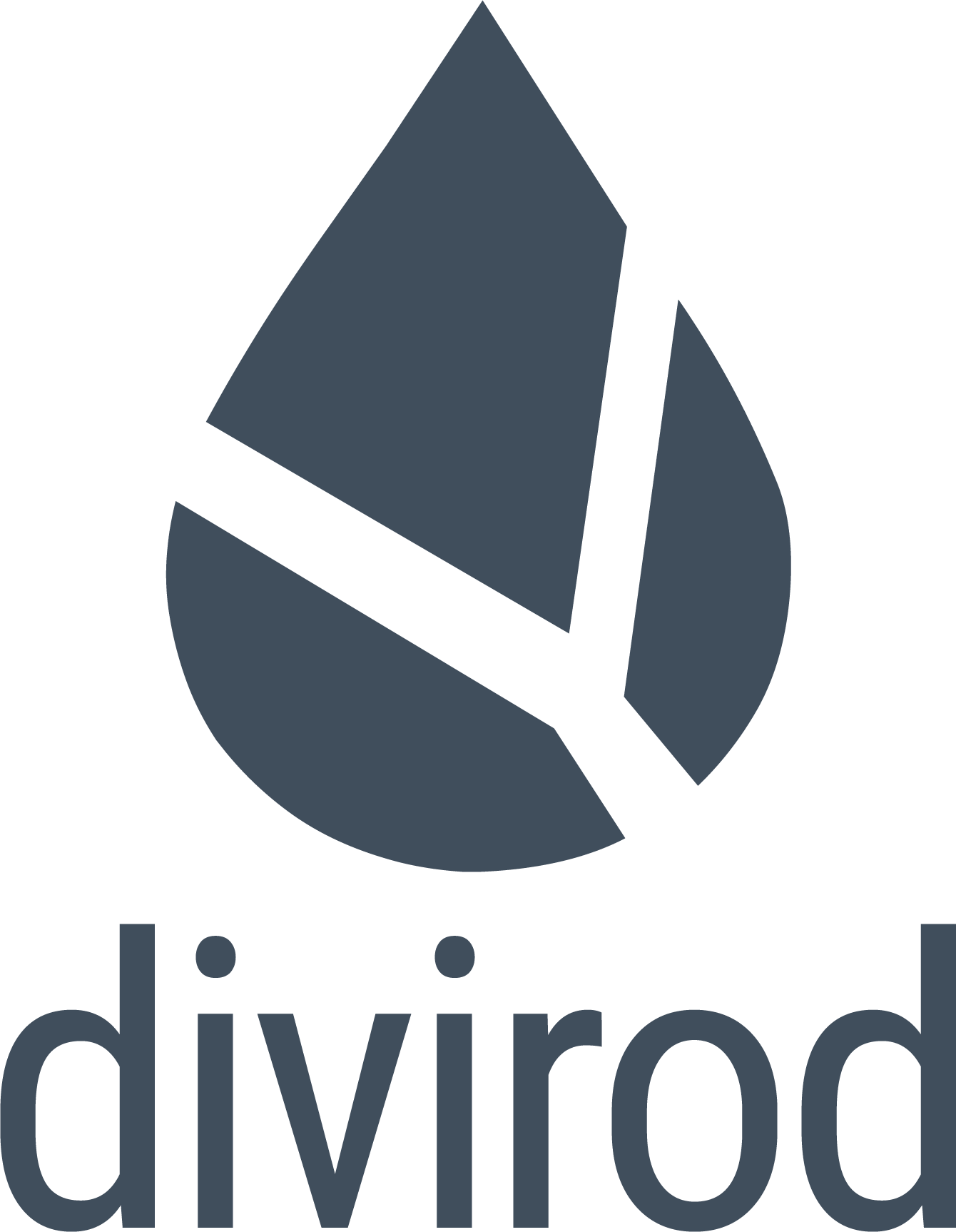Divirod In The News
US Harbors is working to bring real-time, observational, tide monitoring to coastal communities around the country, helping them plan for adaptation
With over 95,000 miles of coastline in the United States, most communities do not have access to the kind of tidal monitoring needed to understand and plan for the impacts of sea-level rise. US Harbors is working to help communities get access to new technologies that will provide real-time hyper-local data on tide and water-level trends.
Divirod, the startup that takes care of water with sensors and data in real time
Spanish entrepreneur Javier Martí went from Chile to Colorado with a mission: to curb climate change with the power of the internet of things.
7 startups that base their success on anticipating problems
These startups that succeed in other countries They have developed technology that helps others prevent risks in many sectors.
Digitizing Water Risk with Deutsche Telekom and divirod
Extreme weather events are occurring more and more frequently, with severe consequences for people and the environment. They bring floods, storms, and cause sea levels to rise.
DIVIROD INVESTMENT CONNECTS SPANISH AND US MARKETS
Divirod has secured $1 million in finance from a joint led investment from US-based Thin Line Capital and Spanish based GoHub ventures.
The solution to the drought lies with this 'granadino' in Colorado
The company of the 'Granadino' Javier Martí-Canales is an expert in the exploitation of aquifers | Divirod is a society of technology and data analysis that was born to optimize the use of water in irrigation systems in United States
Novel use of satnav saves precious water
Water conservation is a growing concern globally, and particularly for farmers in the USA, where decades of irrigating huge fields has depleted vital resources of fresh surface water and groundwater.
IoT and satellites combine for sustainable irrigation
Agriculture is the world’s biggest consumer of water, using 70 per cent of the Earth’s freshwater supplies. Irrigation alone accounts for some 1,200km3 (2.6 quintillion gallons) of water per year.









